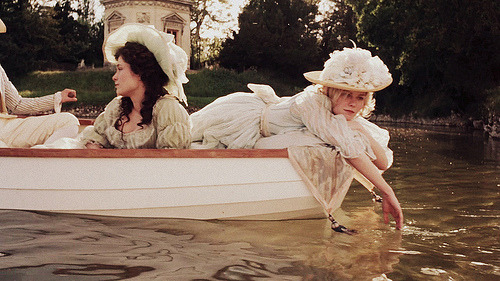One of the best privileges I got when working at the Palace, was to be allowed in on mondays, the closing day.
If you follow the Palace on social medias (Twitter and Facebook), on monday, you can see pictures of the empty rooms and corridors.
 |
| Empty Queen's Bedchamber (photo by me) |
 |
| Empty Hall Of Mirrors (photo by me) |
You may think that, since its closed, there is nothing inside, but you're wrong. There are less people than any other day, but still. There are people cleaning statues, floors, chandeliers. On monday, the Palace also offers visits for VIPs (for example, Leonardo Di Caprio came in June, or Kim & Kanye in May 2014). While wandering through the empty corridors, you can encounter curators watching paintings and art to see if there's any problems with it. Finally, monday is usually a shootingday for television documentaries or movies. For example, on my last monday at Versailles, I met three BBC journalists making a film about Louis XIV.
 |
| Salon de l'Oeil-De-Boeuf (photo by me) |
One monday, we also realised a photoshoot of some furniture. The pictures we take are for the Réunion des Musées Nationaux (National Museums Reunion) and will be used for posters, postcards, and posted on the RMN's website .
 |
| photo by me |
 |
| Salon de la Paix (photo by me) |
















